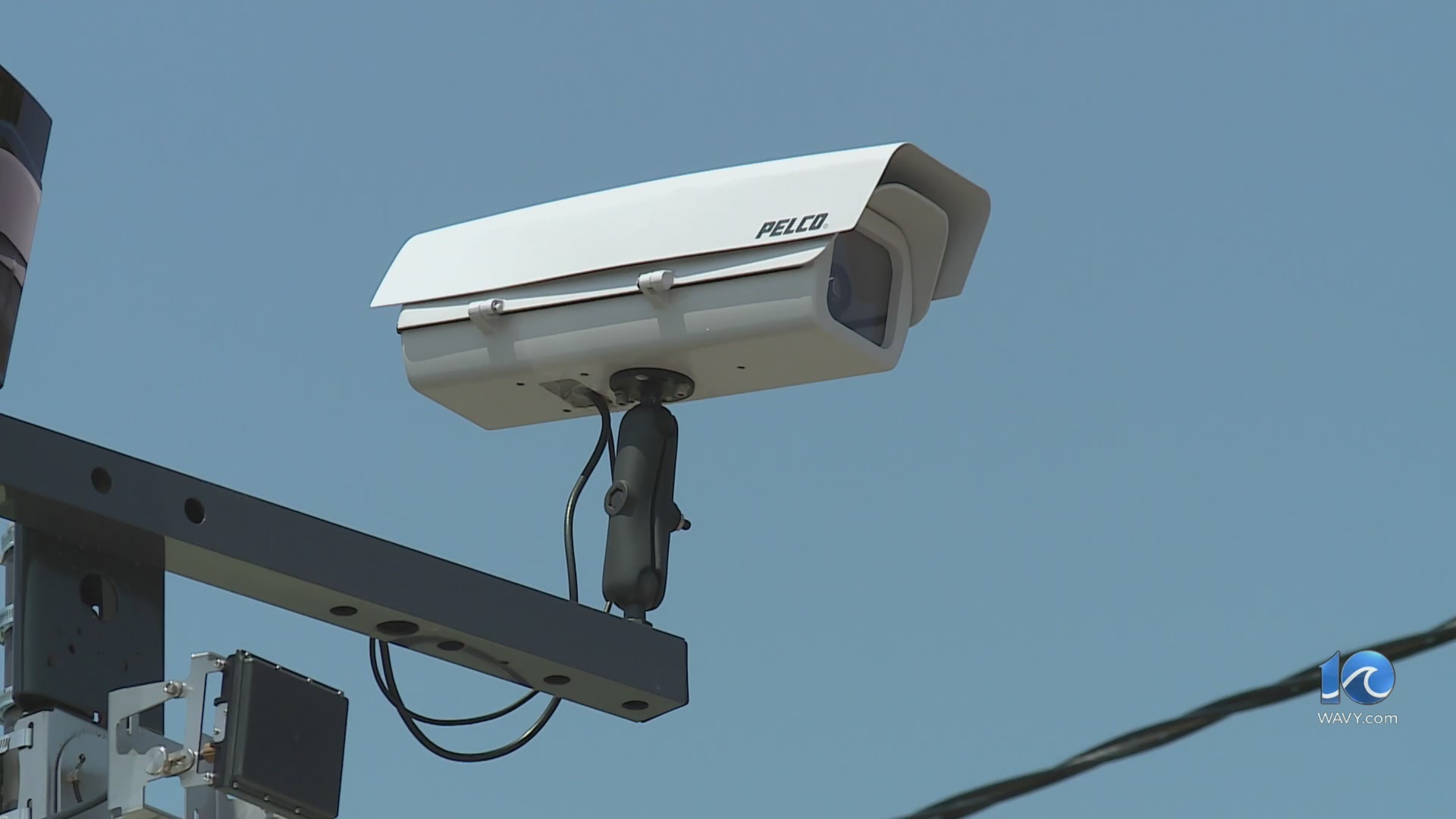PITTSBURGH (AP) — A powerful storm downed trees and power lines, leaving more than half a million customers in Pennsylvania, Ohio and neighboring states in the dark on Wednesday morning, with officials reporting at least three deaths.
More than 425,000 customers were without power in Pennsylvania and another 40,000 were in the dark in Ohio by midday Wednesday, according to PowerOutage.us, a website that tracks outages. Neighboring states, including Michigan, New York and West Virginia also reported thousands of outages.
“This is a natural disaster, folks, the level of which we don’t see very regularly,” said Matthew Brown, the emergency services chief for Pennsylvania’s Allegheny County. Brown warned at a news conference that another storm was forecast to arrive on Thursday.
A Duquesne Light spokesperson called the storm’s damage “unprecedented” for knocking out electricity for some 250,000 of its customers and producing reports of 22,000 hazards, including felled trees, downed wires and broken poles. The utility was bringing in outside help to restore electricity, and outages could last a week, the spokesperson said.
A Pennsylvania man was electrocuted on Tuesday evening while trying to extinguish a mulch fire near a utility pole as severe weather hit the State College area, damaging many trees and utility lines, police said. The 22-year-old man encountered an active electric current while trying to extinguish the fire and died at the scene, police said in a news release. State College police said they believe the man’s death to be storm-related.
In Pittsburgh, first responders were called to the South Side Slopes area Tuesday evening for reports of a person electrocuted by live wires, and that person also died on the scene, according to a Pittsburgh Public Safety Department social media post. The department urged residents to use extreme caution when moving through the city, citing multiple hazards such as downed trees and possible live wires.
Allegheny County officials confirmed two storm-related deaths, including the one reported by Pittsburgh officials and a 67-year-old man killed by a fallen tree at a home in Ross Township, just outside Pittsburgh.
The city’s 911 system experienced some outages due to the extreme weather, but was later restored, the department said.
The National Weather Service’s Pittsburgh office said destructive wind damage was seen across its region Tuesday. Straight-line winds gusted over 80 mph to 90 mph (129 kph to 145 kph), which is stronger than many EF0 and EF1 tornadoes typically seen in the region, but over a wider area, the weather service office said in a social media post.
A line of thunderstorms that swept across Pennsylvania on Tuesday night formed what’s called a “bow echo,” or a bow-shaped line of incredibly strong winds that are strongest at the apex of the curve, according to weather service meteorologist John Bowen in State College. Damage was most severe where the apex passed, he said.
Pittsburgh International Airport recorded its third-highest wind gust in modern history at 71 mph (114 kph), according to Liana Lupo, a meteorologist with the weather service’s Pittsburgh office. A team investigated wind damage in Wilkinsburg, just outside Pittsburgh, but could not conclusively say a tornado had touched down, Lupo said.
The Storm Prediction Center’s storm report map for Tuesday included tornado reports from Oklahoma and Missouri, dozens of hail reports and more than 580 wind reports stretching from Oklahoma to New York, including reports of downed trees and power lines and roofs blown off buildings.
The weather service warned that heavy to excessive rainfall could produce additional flash flooding Wednesday across parts of the southern Plains, with the greatest risk along the Red River Valley into western Arkansas. Scattered severe thunderstorms were possible from north central Texas, across the region and into Louisiana with possible hail, damaging winds and tornadoes.
Flash flood warnings were issued across much of southern Oklahoma and northeast Texas on Wednesday as slow-moving thunderstorms dropped record rainfall across much of the region, although there were no immediate reports of deaths or injuries.
At least one person was rescued after their vehicle became trapped in Oklahoma City floodwaters, which set a record on Wednesday with 11.94 inches (30.33 centimeters) of rain in April, surpassing the 1947 mark of 11.91 inches (4.85 centimeters), said Oklahoma State Climatologist Gary McManus.
Statewide, Oklahoma was poised to break the 1942 record for statewide rainfall average of 8.32 inches (21.13 centimeters) for the month of April, McManus said.
“It’s in the process of being broken right now,” he said.







